#language
Hauser, Chomsky and Fitch (HCF) wrote a paper in 2002 entitled The faculty of language: what is it, who has it, and how did it evolve? It explicitly introduced an important distinction between the Faculty of Language in the Broad Sense (FLB) and the Faculty of Language in the Narrow Sense (FLN).
FLB is made up of all the components used in language, e.g. ability for vocal learning, ability to conceptualise, a sensori-motor system, a computational system (syntax) capable of recursion etc. FLN is a subset of FLB, i.e. everything in FLN is also in FLB but not vice versa. More specifically, FLN contains only those components of FLB which are uniquely human. HCF hypothesise that FLN only contains recursion and that all other aspects of language (i.e. what constitutes the rest of FLB) can be found in non-human species.
You might not agree with HCF in terms of what to assign to FLN, but the general distinction is both useful and perhaps necessary for tackling the issue of language evolution. The first question of HCF’s title (what is it?) involves filling in the FLB category – and obviously we need to know what it is we are trying to explain the evolution of! The second question (who has it?) involves deciding whether something belongs to FLN as well. If we put something in the FLN box, we are saying it is uniquely human. This can be tested (in principle – how easy it is to test is another matter!) and this is one place where interdisciplinary research between biology and linguistics can be very fruitful and informative. Basically, from an evolution of language perspective, we want to know what exactly (if anything) makes human language special. This then leads to the third question – we can ask how the uniquely human part of language evolved, i.e. we can ask how did FLN evolve rather than the much larger question of how did FLB evolve.
Of course, having done all that, FLN might turn out to be empty! Perhaps human language is not qualitatively different, only quantitatively different. But let’s wait to see what we find!
Grimm’s Law (also called the First Germanic Sound Shift) refers to changes which affected the stop consonants in what became the Germanic subgroup of the Indo-European language family (Proto-Germanic being the ancestor of all Germanic languages, i.e. Gothic, German, Yiddish, Swedish, Icelandic, Dutch, Afrikaans, Old English, English etc.). There are in fact three series of changes which changed some aspect of the articulation of the IE stop consonants whilst retaining the same number of distinctions (number of phonemes).
Law A: IE /p t k/ > Gmc /f θ x/
Law B: IE /b d g/ > Gmc /p t k/
Law C: IE /bh dh gh/ > Gmc /β ð γ/ (which later became /b d g/)
Exactly when this happened is not known but we can at least work when the Laws may have taken effect relative to each other, e.g. Law A cannot have happened after Law B because otherwise we would expect IE /b d g/ to show up as /f θ x/ in Germanic.
For example:
Latinpater > Englishfather, German Vater(German orthographic <v> is pronounced /f/)
Greektri > English three
Latincord- > English heart (English /h/ descends from earlier /x/)
Sanskritbhratar > English brother, German Bruder
These are standard but selective examples. Standard in the sense that you’ll find them in text books; selective in that we cannot simply look at one language and expect it to faithfully represent changes which happened hundreds of years ago. Latin, Greek and Sanskrit have undergone changes since Proto-Indo-European and English and German have undergone changes since Proto-Germanic. Modern German shows evidence of a Second Germanic Sound Shift which changed the Germanic stop consonants again! English did not undergo this change as it had already separated from the language that was to become German (compare threeanddrei,daughterandTochteretc.).
In the most recent versions of Chomskyan theory, Merge plays a central (if not the central) role. It is the only structure building operation available in the language faculty. This differs from earlier versions where Move was considered to be a separate structure building operation but Move has since been reconceived as a different type of Merge.
The Minimalist Program has reduced the architecture of the language faculty to the bare essentials (referred to as the ‘(virtually) conceptually necessary’ components). This means that there is a lexicon, a structure building computational system and (at least) two ‘interfaces’ with other cognitive systems (one semantic, the other phonological, broadly speaking). Items are selected from the lexicon and copied into the Numeration if they are to be used to construct a sentence. The Numeration is like a holding bay.
Merge, the structure building operation, takes two items and forms a set, i.e. X and Y merge to form {X,Y} (the theory also involves labelling the set but I’ll ignore that bit). Now, when I said above ‘a different type of Merge’ I did not mean that the operation itself varies, rather the difference between the types of Merge lies in where X and Y come from. There are three possibilities.
1) X and Y both come directly from the Numeration.
2) Either X or Y but not both comes directly from the Numeration.
3) Neither X nor Y come directly from the Numeration.
Option (1) is the type of Merge that gets structure building started. Without (1) there would be no structure.
Option (2) is the type of Merge called External Merge (EM) because one of the merging items is from the Numeration, i.e. comes from somewhere external to the structure that has already been built. Option (2) allows the structure built by option (1) to be extended by merging further items to already existing structure.
Option (3) is the type of Merge called Internal Merge (IM) and this is the current conception of movement. When an item moves, it is going from one place in the structure to another so the items that are merging both come from somewhere internal to the structure that has already been built.
Note that this assumes there is only one monolithic Numeration. If we wanted to merge two existing structures, we would have to add to the options above or modify our assumptions about the nature of the Numeration.
*All verbs below are in original form(dictionary form).
존재하다 : to exist
선언하다 : to declare, proclaim
목격하다 : to witness
제안하다 : to suggest
조언하다 : to advise
개입하다 : to intervene
헌신하다 : to devote
축하하다 : to congratulate
환영하다 : to welcome
접근하다 : to approach
투자하다 : to invest
개선하다 : to improve
응원하다 : to cheer, support
설명하다 : to explain
오해하다 : to misunderstand, misconceive
해결하다 : to resolve
조절하다 : to adjust
계획하다 : to plan
보호하다 : to protect
조사하다 : to investigate
확인하다 : to check, verify, confirm
출발하다 : to depart, set off, start
도착하다 : to arrive, reach
설득하다 : to persuade
양보하다 : to yield, give way
희생하다 : to sacrifice
쟁취하다 : to achieve, win
야기하다 : to cause, bring about
실수하다 : to make a mistake
긍정하다 : to affirm
부정하다 : to deny
생산하다 : to produce
소비하다 : to consume, spend
인정하다 : to admit
소유하다 : to own, possess
봉사하다 : to serve, do volunteer work
유지하다 : to maintain
보조하다 : to assist
인용하다 : to quote, cite
대표하다 : to represent
선택하다 : to choose, select
거절하다 : to reject, refuse
촉진하다 : to promote, accelerate, boost
요구하다 : to demand, ask
사과하다 : to apologize
추측하다 : to guess, suppose
간섭하다 : to interfere
낭독하다 : to read aloud
관찰하다 : to observe
추구하다 : to pursue, seek
Written and edited by Admin Yu

눈 : snow
첫눈 : first snow of the winter
눈송이 / 눈꽃 : snowflake
결정 : crystal
서리 : frost
함박눈 : big snowflakes
진눈깨비 : sleet
눈보라 : blizzard
우박 : hail
폭설 : heavy snow
만년설 : perpetual snow
설경 : snow scenery
눈사람 : snowman
눈덩이 : snowball
눈싸움 : snowball fight
눈이 내리다 : to snow
얼다 : to freeze
녹다 : to melt, to thaw
하얗다 : white
새하얗다 : pure white
희다 : white
차갑다 : cold
춥다 : cold (weather)
(손이/귀가/코가) 시리다 : (hand/ear/nose is) cold
펑펑 : (adverb) shape of snow falling heavily (ex. 함박눈이 펑펑 내린다)
펄펄 : (adverb) shape of snow or powder blowing in the wind (ex. 흰 눈이 펄펄 내린다)
소복소복 : (adverb) shape of things piled up (ex. 길에 눈이 소복소복 쌓여 있다)
뽀드득 : (adverb) sound of stepping on a pile of snow
It’s snowing heavily in Korea!
-Written and edited by Admin Yu
Hello, this is Admin Hee. Today’s grammar will be regular conjugation.
Regular conjugation
The regular change of form of predicate in Korean grammar such as verbs and adjectives. At this point the predicate of a clause is the part of it that is not the subject and it consists of a stem and ending.
-Stem : unchanging part of the predicate
보- is the stem of the forms ‘보다’, ‘보니’, ‘보고’
-Ending : changing part
-다. -니, -고 is the ending of the forms ‘보다’, ‘보니’, ‘보고’
1. ‘ㅡ’ Elision (’ㅡ’ 탈락)
‘ㅡ’ is elided in front of the stem ‘-아/어’, ‘-았/었-’
- 담그- + -아 = 담가
- 슬프- + -어 = 슬퍼
- 아프다 + 아서/어서 = 아파서
Such verbs or adjectives like 끄다, 크다, 바쁘다, 따르다 are examples.
2. ‘ㄹ‘ Elision (’ㄹ’ 탈락)
When the last sound of the stem ‘ㄹ’ meets ‘ㄴ,ㅂ,ㅅ,오’ , it gets elided too.
- 살- + -는 = 사는
- 살- + -ㅂ니다 = 삽니다
- 살- + -오 = 사오
살다, 놀다, 울다, 불다, 얼다, 멀다 and so on are the examples.
Additionally, nouns that ends up with consonant ‘ㄹ’, gets elided when it is combined with ‘ㄴ,ㅅ’ which is the first sound of the next word. This is not about the conjugation of verbs and adjectives but are also called ‘ㄹ’ 탈락.
- 버들+나무 = 버드나무
- 솔+나무 = 소나무
- 딸+님 = 따님
Written by Admin Hee
Edited by Admin Yu
직업 Job
의사 Doctor
간호사 Nurse
변호사 Lawyer
검사 Prosecutor
판사 Judge
기자 Reporter
아나운서 Announcer
선생님 Teacher
소방관 Firefighter
기술자 Engineer
미용사 Hairdresser
기업인 Business person
조종사 Pilot
기사 Driver
경찰관 Police
인명구조원 Life guard
우주비행사 Astronaut
배우 Actor
작가 Writer
요리사 Chef
Written by Admin Na
Edited by Admin Yu
Hi! This is Admin Hyun.
Today’s grammar I want to introduce is ‘same vowel elision’(동음 탈락). Same vowel elision is not an irregular conjugation. Under the conditions, it always happens.
A phenomenon where an ending(어미) that starts with ‘-아’ or ‘어’ follows after verb’s or adjective’s(용언) stem(어간) that end with ‘-아’ or ‘어’, and as a result, the same vowel ‘아’ or ‘어’ is repeated(comes consecutively), one of the same vowels is omitted(elision)
ㅏelision (ㅏ 탈락)
- 가+아서 가서(go and-)
- 가+아 가(go)
- 가+았 + 다 갔다(went)
- 차+아서 차서(kick and-)
- 차+아 차(kick)
- 차+았 + 다 찼다(kicked)
ㅓ elision (ㅓ 탈락)
- 건너+어서 건너서(cross the street and-)
- 건너+어 건너(cross the street)
- 건너+었 + 다 건넜다(crossed the street)
- 나서+어서 나서서(take the lead and-)
- 나서+어 나서(take the lead, step ahead)
- 나서+었 + 다 나섰다(took the lead)
Keep in mind that if the stem ends with a consonant, same vowel elision doesn’t take place. For example,
- 먹 + 어 먹어(eat)
- 먹 + 었 + 다 먹었다(ate)
- 잡 + 아 잡아(catch)
- 잡 + 았 + 다 잡았다(caught)
Elision of vowels is a kind of ‘elision of phoneme(음운)’. Not only vowels but also consonants are subject to elision. For example, if in 딸(daughter)+님(honorific ending), ‘ㄹ’ is omitted when it is followed by ㄴ and becomes 따님(honorific form of daughter). Elision of phoneme is one of many ‘changes in phoneme’ which include alteration, elision, addition and contraction.
Written by Admin Hyun
Edited by Admin Yu










部 - 부 - 떼 부
Division / Part
Example in main pic:
大部分 - 대부분 - Most
分 - 분 - 나눌 분
Division / Part / Minute
Example in main pic:
分-분 - Minute
多 - 다 - 많을 다
Many / Most / All
Example in main pic:
多樣 - 다양 - Variety / Diversity
數 - 수 - 셀 수
Number
Example in main pic:
多數 - 다수 - Majority
全 - 전 - 온전할 전
Whole / all
Example in main pic:
全部 - 전부 - All parts
Source :https://www.howtostudykorean.com/hanja-unit-1-lessons-1-20/hanja-lesson-17/
~~~~~~~~~~
(you can ignore this. Here’s your ignore-this permission-slip. Don’t drop it)
So… Hello. I usually don’t comment on these because they feel big enough already, but whatever. I’m clearly trying out different ways of visualizing things so I hope you don’t mind the inconsistencies. Feel free to tell me if there’s a style you prefer (and why it’s better for your learning?), but you’re not my boss so no promises. No promises to my boss either for that matter.
Anyway, I’m also making a couple pics here and there kind of Black Lives Matter-y and you can’t stop me, but it does mean that I don’t necessarily use the most recognizible words for the Hanja? (Like for 수 the most obvious one is obviously “math - 수학”) You’re just gonna have to live with that.
Also I really appreciate likes and reblogs? It’s pretty motivating, but I’m not your boss either so just do your thing.
(this is why I don’t comment things here. I ramble. Stay safe out there. Bye)










時
Meaning - Time
Korean syllable - 시
Korean name - 때 시
期
Meaning - Time, period
Korean syllable - 기
Korean name - 말날 기
間
Meaning - Space, Interval, Between
Korean syllable - 간
Korean name - 사이 간
(also used as a grammatical principle (amongst/between options/actions) and in words like 人問 (인간) meaning “human” which isn’t really related to time or space)
同
Meaning - Same
Korean syllable - 동
Korean name - 한가지 동
(동성애자 isn’t one of the examples in the lesson, but I couldn’t help myself)
(also for 共同體 (공동체 - community) I used some fanart from the TV show Community. I usually try not to use references/pop-culture, but I was bored, ok?)
百
Meaning - 100, everything, total
Korean syllable - 백
Korean name - 일백 백
Source :https://www.howtostudykorean.com/hanja-unit-1-lessons-1-20/hanja-lesson-16/



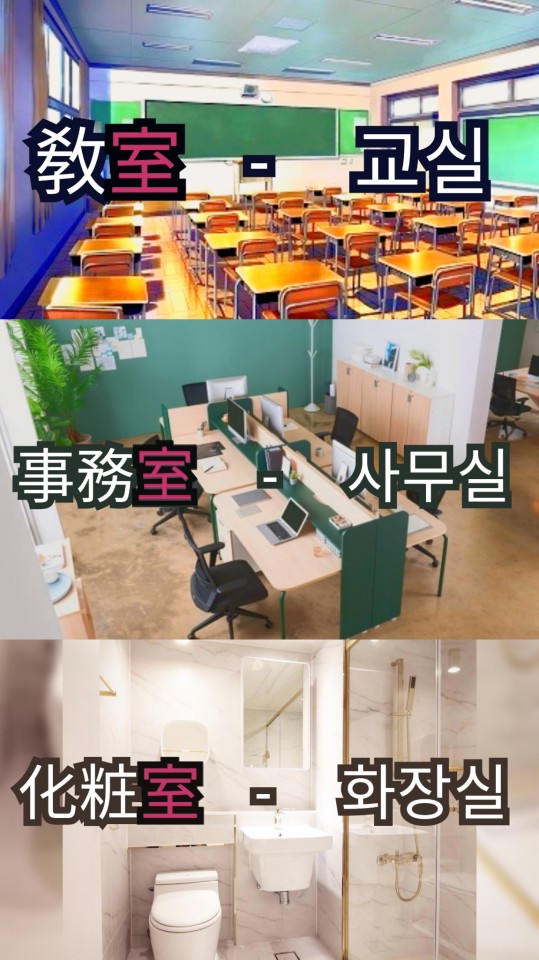






場
Meaning - Place / Location
Korean syllable - 장
Korean name - 마당 장
室
Meaning - Room
Korean syllable - 실
Korean name - 집 실
食
Meaning - Food
Korean syllable - 식
Korean name - 밥 식
地
Meaning - Land / Earth
Korean syllable - 지
Korean name - 땅 지
方
Meaning - Area / Region / Side
Korean syllable - 방
Korean name - 모 방
Source:https://www.howtostudykorean.com/hanja-unit-1-lessons-1-20/hanja-lesson-15/



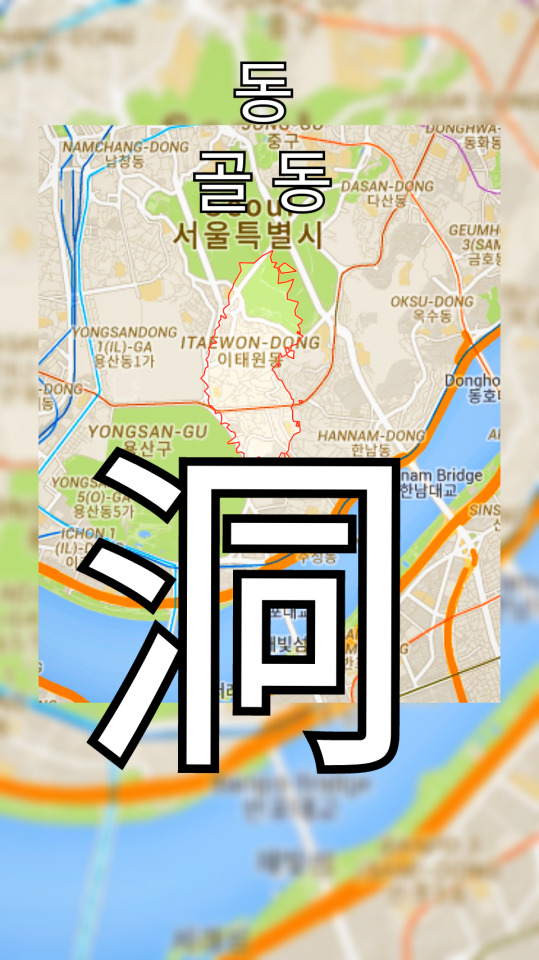

公
Meaning - Public / Shared / Equal
Korean syllable - 공
Korean name - 공평할 공
Examples
公園 - 공원 - Public park
主人公 - 주인공 - Hero, Leading role in a story
公主 - 공주 - Princess
市
Meaning - City
Korean syllable - 시
Korean name - 저자 시
Examples
市民 - 시민 - Citizen
市內 - 시내 - Downtown
者市 - 도시 - City
區
Meaning - District / Division
Korean syllable - 구
Korean name - 지경 구
Examples
區民 - 구민 - Inhabitants of a district
區域 - 구역 - Area / District
龍山區 - 용산구 - Yongsan-gu / Yongsan district. One of the 25 districts in Seoul. (pictured)
洞
Meaning - Neighborhood
Korean syllable - 동
Korean name - 골 동
Examples
洞內 - 동내 - Inside a neighborhood
洞口 - 동구 - The entrance to a neighborhood
梨泰院洞 - 이태원동 - Itaewon-dong / Itaewon neighborhood. A neighborhood in Yongsan-gu. (pictured)
合
Meaning - Combine / Unite
Korean syllable - 합
Korean name - 합할 합
Examples
統合 - 통합 - Integration
團合 - 단합 - Unity, Solidarity
合意 - 합의 - Agreement
Source :https://www.howtostudykorean.com/hanja-unit-1-lessons-1-20/hanja-lesson-14/

師
Meaning - Teacher (profession)
Korean syllable - 사
Korean name - 스승 사
Examples
看護師 - 간호사 - Nurrse
敎師 - 교사 - Teacher, professor
醫師 - 의사 - Doctor
Source :https://www.howtostudykorean.com/hanja-unit-1-lessons-1-20/hanja-lesson-13/

先
Meaning - First
Korean syllable - 선
Korean name - 먼저 선
Examples
先生님 - 선생님 - Teacher (님 doesn’t have Hanja)
先着順 - 선착순 - First come first served / order of arrival
優先 - 우선 - First, above all, preference, special treatment
Source:https://www.howtostudykorean.com/hanja-unit-1-lessons-1-20/hanja-lesson-13/

校
Meaning - School
Korean syllable - 교
Korean name - 학교 교
Examples
女學校 - 여학교 - Girls school
校內 - 교내 - Inside a school
母校 - 모교 - One’s old school / Alma mater
Source :https://www.howtostudykorean.com/hanja-unit-1-lessons-1-20/hanja-lesson-13/

生
Meaning - Life / Birth
Korean syllable - 생
Korean name - 날 생
Examples
生日 - 생일 - Birthday
一生 - 일생 - One’s entire life
新入生 - 신입생 - Freshman
Source :https://www.howtostudykorean.com/hanja-unit-1-lessons-1-20/hanja-lesson-13/

學
Meaning - Learn / School
Korean syllable - 학
Korean name - 배울 학
Examples
學生 - 학생 - Student
學校 - 학교 - School
入學 - 입학 - To enter a school, school admission
Source :https://www.howtostudykorean.com/hanja-unit-1-lessons-1-20/hanja-lesson-13/

지진 - Earthquake
진지 - Rice/meal (polite)







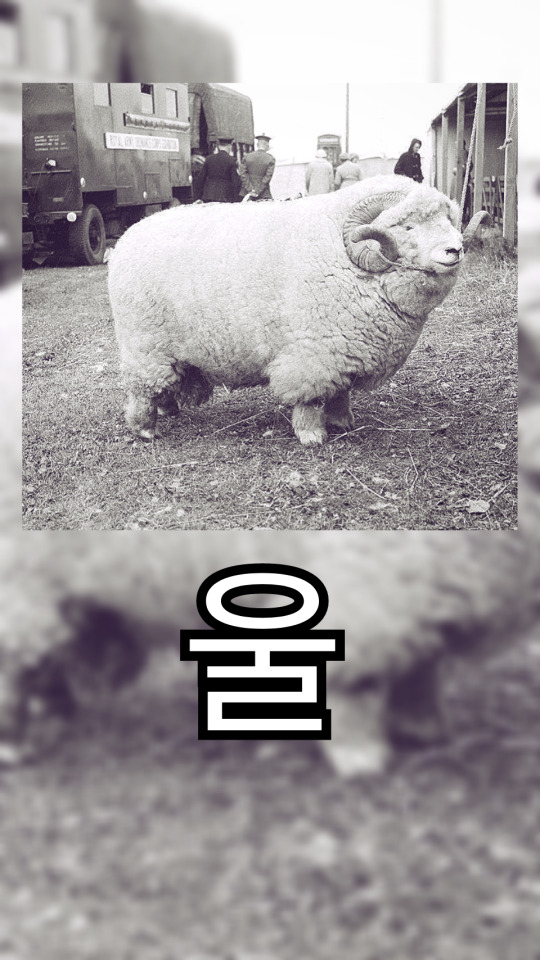
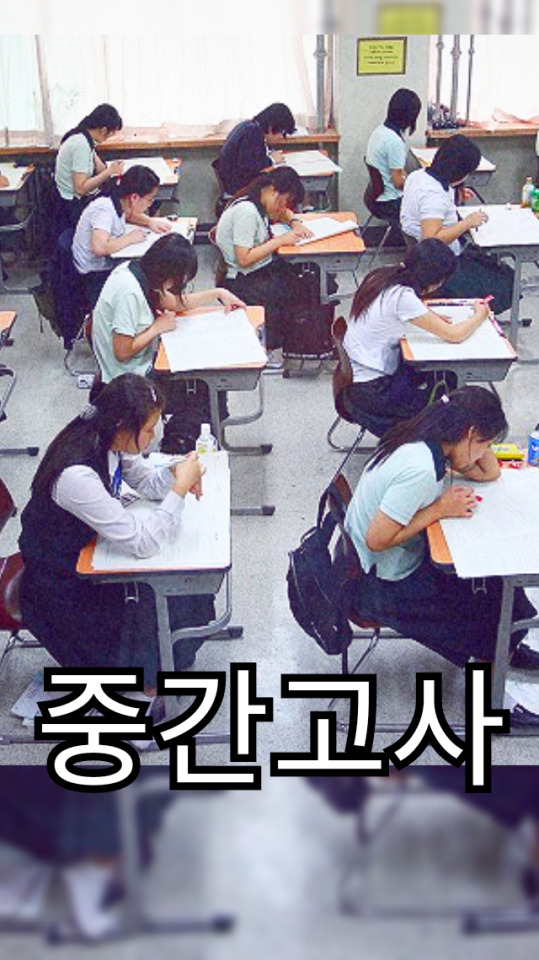
장터 - A traditional market
하계 올림픽 - Summer Olympics (하계 - The summer season)
동계 올림픽 - Winter Olympics (동계 - The winter season)
지지난주 - The week before last (last last week)
다다음주 - The week after next (next next week) (I didn’t really know how to visualize these, sorry)
장화 - Boots, rain boots
눈 오는 날 - Snow day, a day where it snows (눈 - Snow, 오다 - To come, ~는 - Makes 오다 a noun, 날 - Day)
울 - Wool
중간고사 - Midterm exam (중간 - Middle, 고사 - An examination, test)




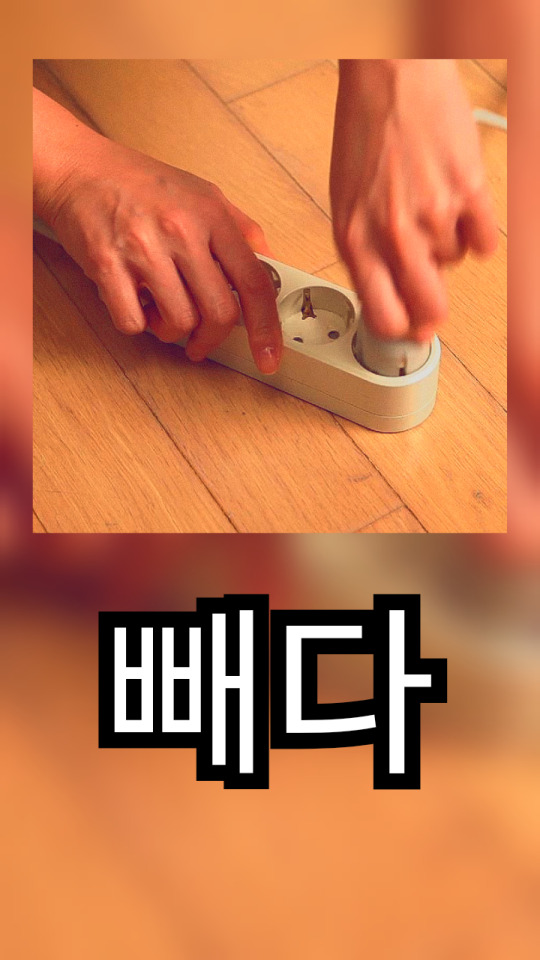




가면 - A mask (disguise)
매다 - To tie, knot
구토 - Vomiting
허리띠 - A belt, waistband
빼다 - To remove
남색 - Navy blue, dark blue (also sodomy apparently?)
치통 - Toothache
복통 - Stomachache
조율하다 - To tune (a piano)
